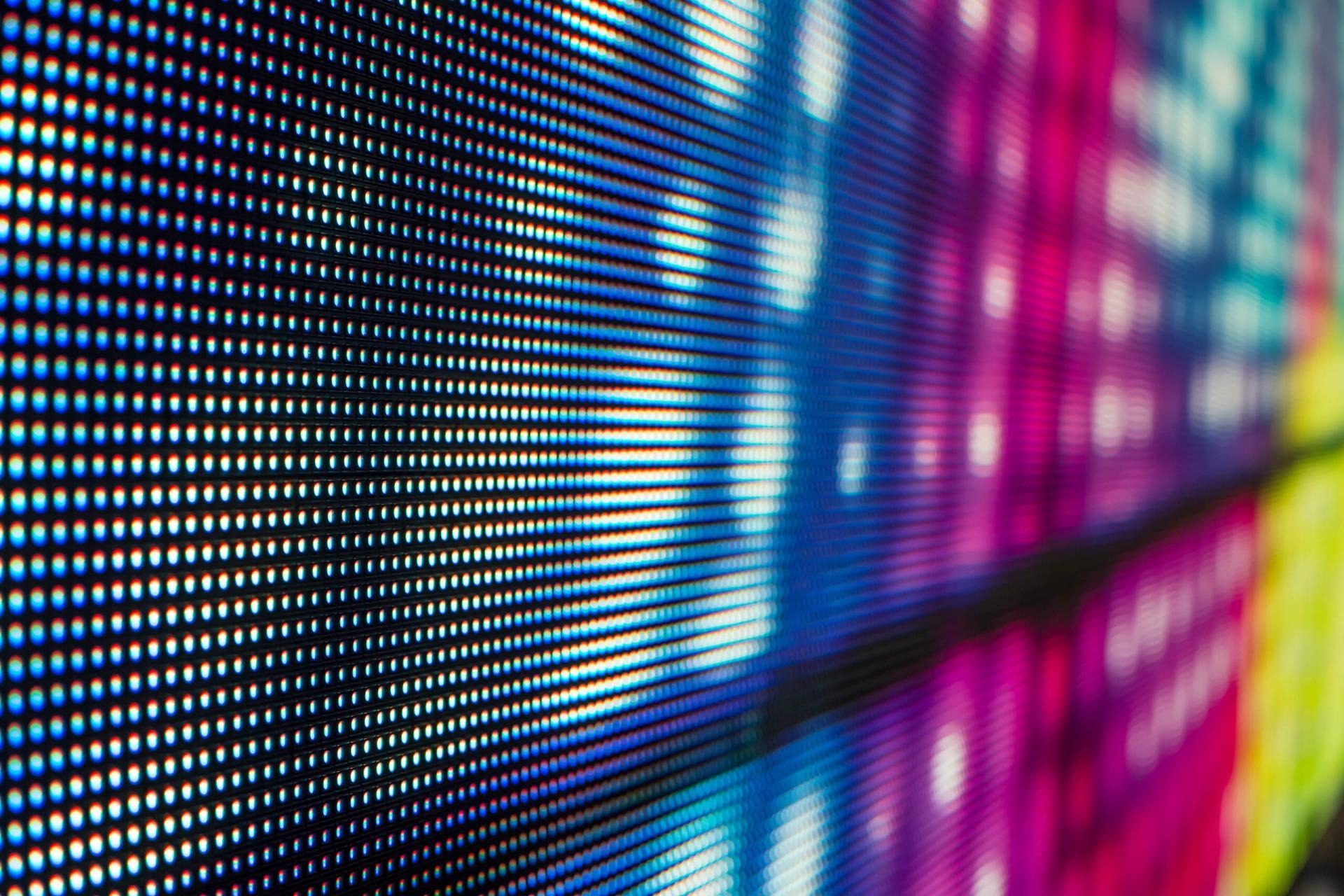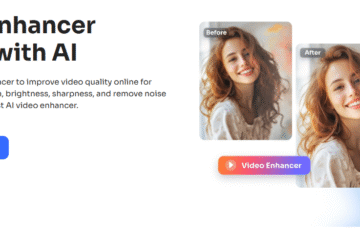With the constantly changing display technology, Mini-LED has emerged as a strong competitor that is winning the hearts of both consumers and professionals. The technology is an innovative backlighting technology that fills in the gap between the conventional LCDs and the high-end OLEDs, with unprecedented brightness, contrast, and durability. With the need to create high-performance visuals being in high demand today, the desire to use Mini-LED is rapidly becoming the gold standard in monitors, TVs, and portable displays. We will discuss the reasons why this technology is taking the centre stage and make a comparison of outstanding products of major brands.
What Makes Mini-LED Revolutionary?
Here’s the updated section with an additional key advantage of Mini-LED technology:
Thousands of miniature-sized LEDs (usually 100-200 micrometres) are used as the source of the backlight in LCD screens with mini-LED technology. These are dense arrays of LEDs as opposed to the traditional edge-lit LCDs, which allow narrow areas to be dimmed, even greater than 1,000 areas. This results in:
Deeper Blacks & Higher Contrast: The zones of dimming reduce bleed between light sources, producing approximately OLED-like contrast.
Exceptional Brightness: Mini-LED displays can reach 1,000 -3,000 nits, which is suitable for HDR content and bright interiors.
Enhanced Durability: Mini-LED lacks organic compounds (such as OLED), resulting in reduced burn-in and increased lifespan.
Energy Efficiency: Dimming is focused on saving on power as opposed to full-array backlights.
Reduced Blooming Effect: The density of dimming zones would greatly reduce the blooming (halo effect) surrounding a bright object on a dark background, which is most frequently seen with conventional LCDs.
Uperfect: Leading the Charge in Portable Mini-LED Innovation
Uperfect has already proven itself to be a pioneer in the application of high-performance Mini-LED technology in the mobile monitor industry, where mobility does not mean compromising visual quality.
Uperfect X Pro 15.6″ 4K Mini-LED Monitor

This monitor has 1,152 dimming zones and 600 nits peak brightness and offers gorgeous HDR images. Its ultra-slim and USB-C features make it ideal for creators who are on the move. Colour quality (100% sRGB) ensures professional-grade editing of photographs and videos.
Uperfect Mars 14″ Portable Monitor with Battery

It is a game-changer, which combines a 10,000mAh battery that supports 5+ hours of untethered operation. It has 500 nits of brightness and 1080p resolution and is a universal external monitor for laptops, game consoles, and smartphones. The built-in speakers and foldable stand make it more portable.
Uperfect Titan 17.3″ Mini-LED Gaming Monitor

Gamer-friendly, the 240Hz monster has 1,000 nits of brightness and a 99 per cent DCI-P3 colour gamut. Its adaptive sync technology gets rid of screen tearing, and the rugged aluminium casing makes it durable as it travels.
Industry Titans: Mini-LED Powerhouses Beyond Portability
While Uperfect excels in portability, established giants leverage Mini-LED for premium desktop and home theatre experiences:
Apple Pro Display XDR

Apple has created a benchmark in professional monitors, its 32-inch 6K display with a sophisticated Mini-LED backlight with 576 dimming zones and a peak of 1,600 nits (1,000 nits sustained). Its P3 expanded colour range and outstanding reference calibration are popular among filmmakers, photographers and high-end designers. High-level thermal control and precision-cut aluminium casing are Apple’s engineering features.
Samsung Odyssey Neo G9 (G95NA)

This is a 49-inch curved gaming monitor ( 5120×1440 DQHD ), which is an immersive experience. The Quantum Mini-LED technology of Samsung features 2,048 zones of dimming and can reach 2,000 nits of peak (Quantum HDR2000). Together with a refresh rate of 240Hz, 1ms response time, and AMD FreeSync Premium Pro, it provides the most superior, smooth and aesthetically pleasing gaming experience, particularly flight sims and racing games.
LG UltraFine 32EP950

Aimed at creative professionals, this 32-inch 4K display has an amazing 2,500 dimming zones, which is currently one of the best ever. This allows a high level of contrast and fine HDR display (VESA DisplayHDR 1000 certified). It is calibrated to Delta E<|human|>It has 99.5 per cent of the DCI-P3 gamut, factory-calibrated. Thunderbolt 4 connectivity offers a one-cable solution to power, video and data, simplifying high-end workflows.
Dell Alienware AW3423DW (OLED) / AW3225QF (QD-OLED)

Although Dell’s flagship curved gaming monitors (34-inch 3440×1440 and 32-inch 4K) are mostly based on the QD-OLED panels, providing the perfect blacks and unlimited contrast, it is worth mentioning the competitive environment. Nevertheless, there are also Mini-LED versions of Dell, such as the AW3225QF, showing the existence of the technology in the high-performance markets. These monitors emphasise the fact that consumers now have a choice between the perfect blacks of OLED and the best brightness and longevity of Mini-LED.
Why Mini-LED Dominates Key Scenarios
The versatility of Mini-LED makes it the preferred choice across diverse use cases:
- Gaming: Explosions can be seen very well, high brightness and contrast and fast refresh rates mean fluid motion.
- Creative Work: The accuracy of colour and HDR enables the photographer and editors to view life-like details.
- Portable use: Other devices, such as the Uperfect Mars, demonstrate the suitability of Mini-LED for on-the-job professionals who require a portable monitor with a battery.
- Home Entertainment: Mini-LED TVs and monitors make movie nights a theatre experience with rich HDR.
- Critical Monitoring: Mini-LED is suitable for the control rooms and surveillance systems because of its reliability of operation and burn-in resistance 24/7.
- Multi-Monitor Productivity: Thin bezels and homogenous colour used in panels produce seamless multi-display workstations to support workflow.
The Future is Bright (and Tiny)
The path of Mini-LED is towards wider usage. As the cost of manufacturing decreases, more affordable mini LED computer monitors will be available in all sizes. Newer technologies, such as micro-LED (the successor of Mini-LED), are already being developed, but the existing balance of performance, price, and durability of Mini-LED gives it a few more years of reign.
Conclusion
Small-LED is not merely a trend, it is a revolution in displays. Mini-LED is the most versatile solution, with its portable powerhouses to giants of the industry, such as Apple and Samsung. Mini-LED meets the challenge, whether you are a gamer in need of high frame rates, a creator who requires colour accuracy, or a nomad requiring a trustworthy external display. With this star still climbing, it is obvious that the future of displays has never been so promising.



